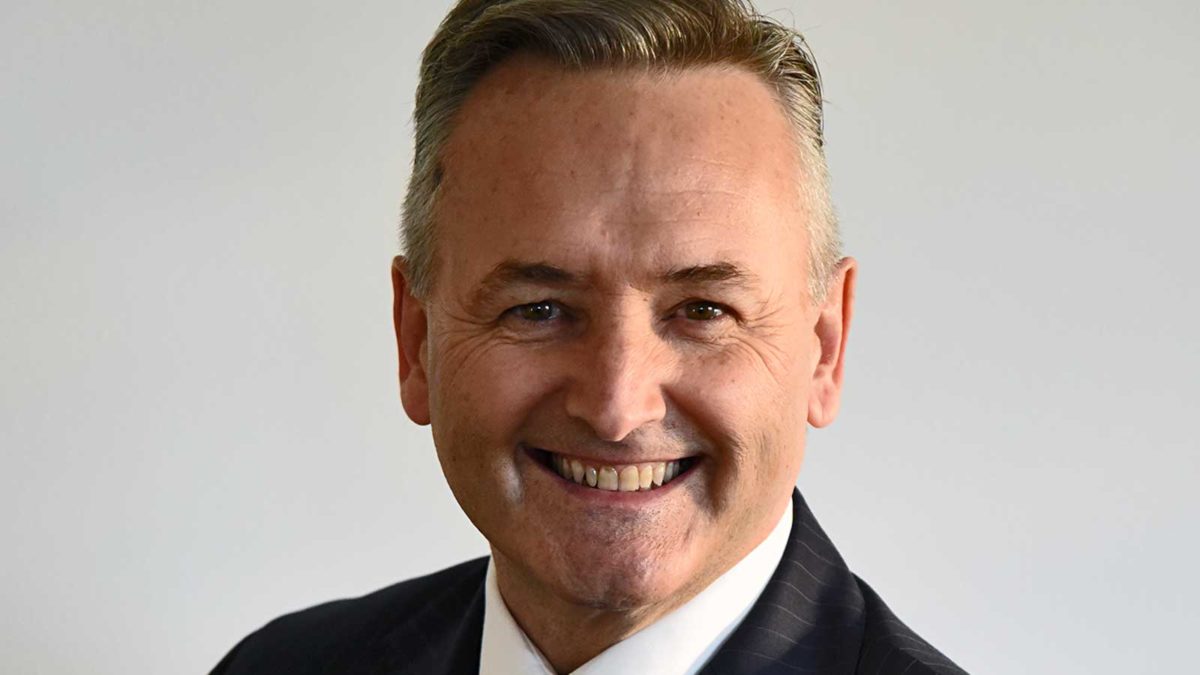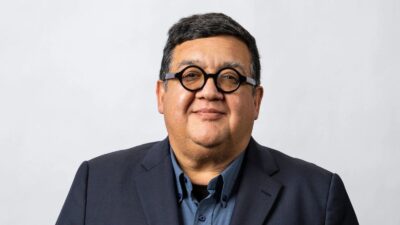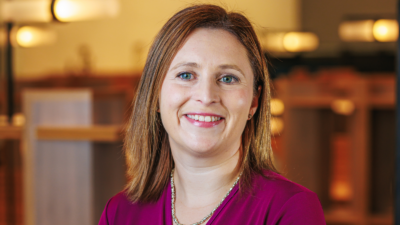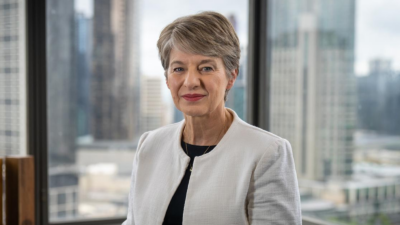Why big super is doing infrastructure wrong
The money that industry super funds are spending on buying renewables would be better spent building them, according to Quinbrook. But there’s plenty of challengers for that view.
The fresh interest in renewable infrastructure from industry funds has come with plenty of caveats. One of the major problems is finding investment opportunities at scale, while navigating an ever-increasing number of global regulations governing the transition to net zero. But there’s an emergent view that maybe the tried-and-true approach isn’t the best approach.
It’s not that industry funds are doing it wrong, per se – but they aren’t really doing it right, according to Quinbrook managing partner David Scaysbrook. The problem is that they’re buying, not building.
“There’s been a preoccupation with development risk and a preference for investing in what has been called – and it’s the greatest misnomer of all time – de-risked operating assets,” Scaysbrook says. “They’ve preferred to allocate towards buying existing windfarms or solar projects in the slightly illusory belief that they’re somehow de-risked.”
“But when you’re picking up those assets in competitive auctions, and you’re paying top dollar, I’d wager you’re actually buying the riskiest assets that are in the market… You do better by building new things rather than buying things that are already there. That’s how you get the triangulation of impact and return and making a difference by pursuing a net zero framework.”
Obviously there’s an element of self-interest in such a statement (it is, after all, Quinbrook’s business – they’re a developer with a funds licence). But it’s a unique perspective when Australia’s biggest superannuation funds are now prepared to pay hand over fist for renewable infrastructure assets both at home and away, and one with growing support from the sector; David Neal, CEO of IFM Investors, recently told the AIST’s ASI conference that “if you have the skills and capabilities to embrace more greenfields risk, there are extremely good opportunities.“
“Whilst ever they sit on the fence, they’re only prepared to take money from the left pocket and put it in the right pocket,” Scaysbrook says. “We aren’t solving anything. We aren’t building anything new; we aren’t reducing carbon emissions; we’re not creating jobs. It’s not doing anything.”
Scaysbrook has been in the energy space since the early 90s, when he cut his teeth as an adviser to American company NRG on its acquisition of the Gladstone Power Station in partnership with Rio Tinto. In 1997 he decided to focus primarily on renewables. Those were “the kaftan and leather sandals” days of the industry, when the wider industry response to things like solar and hydro power was mostly reactionary.
“Those that were proponents of renewables were the lunatic fringe,” Scaysbrook says. “It was cast as nonsensical, heavily-subsidised, and all about the cost to the taxpayer. It was a David and Goliath story, way back then.”

Scaysbrook launched Quinbrook in 2015 with co-founder Rory Quinlan, who provides the other side of the name, and the firm now has about $8 billion in funds under management. Quinlan and Scaysbrook had already sold a previous business, Capital Dynamics, at the tail end of the GFC – a time when climate change and renewables had again dropped to the bottom of the agenda.
“Where was the capital to build all this renewable energy capacity? It sounds really self-evident, but what dawned on us was pension funds… Our retirement savings own everything.”
“Governments didn’t have any money. Barclays was getting bailed out by the Saudis. The world was in a pretty bad place. People have short memories. We’re talking about the collapse of the modern financial system.”
The recent upsurge of interest in renewable energy from Australia’s industry funds somewhat belies their long and messy history with it. One of the sector’s first real brushes with renewables was the now-infamous Pacific Hydro, which was acquired by IFM on behalf of a consortium of funds including AustralianSuper.
That brush almost ended badly, with IFM being forced to write down its investment to the tune of $685 million and AussieSuper chief Ian Silk warning that the investment “has been cited as an example of ideological investment that has occurred to the detriment of industry fund members” that could be used to justify punitive action against all industry funds.
But an 11th hour purchase by China’s State Power Investment Corporation turned the asset “from an ugly duckling into a Cinderella.”
“That became the renewables experience for a lot of our industry funds, and it wasn’t really a high priority from that point,” Scaysbrook says. “They didn’t really want to look at renewables in Australia, or renewables period.”
A historical reliance on “largely homegrown asset consultants” who were not attuned to renewables strategies globally also meant that industry funds were somewhat constrained by Australian parochialism. But that’s started to change.
“In the last 18 months in particular I’d say we’ve noticed a marked shift in attitude, where the level of interest, the level of appetite, the fact that they’re now seeking new strategies, looking for managers, has really gone up significantly,” Scaysbrook says.
Of course, there’s still homegrown obstacles to Australian investments in global infrastructure – at least, when they’re not doing it themselves, as some of the bigger players now are. Overcoming the tyranny of distance means having boots on the ground, but Scaysbrook believes the “unhealthy emphasis placed on fees” over strategy and returns is keeping many private equity firms from peddling their wares Down Under.
“(The manager expense ratio) almost penalises a pension fund for going into a higher returning illiquid strategy that in most cases has higher fees but also, hopefully, the promise of higher returns,” Scaysbrook says.
“When you come to Australia and you get browbeaten from the moment you step off the plane, and the only thing they want to talk about is fees, they say “You know what? I’m not going to Australia anymore”. Whether people are prepared to be honest about it or not, even we thought twice about bothering to market our fund in Australia. Even though we’re Australian.”
Domestically, some super funds (notably HESTA) have attributed their hesitance in investing in renewables within Australia to a lack of a real net zero plan, but Scaysbrook believes most already know where the world is heading – and simply want assurances that Australia’s government won’t get in their way.
“It’s not so much that they want the government to plot the clear pathway – that’s not really what the private sector was asking, though that’s maybe what they said,” Scaysbrook says. “They don’t need the government to tell them that renewables are cheaper than gas and coal, or that it’s a better long-term investment for retirement savers.”
“What they need to know is that they won’t get three years into their investment and the government will pass a law or change a policy that sends them out backwards.”











